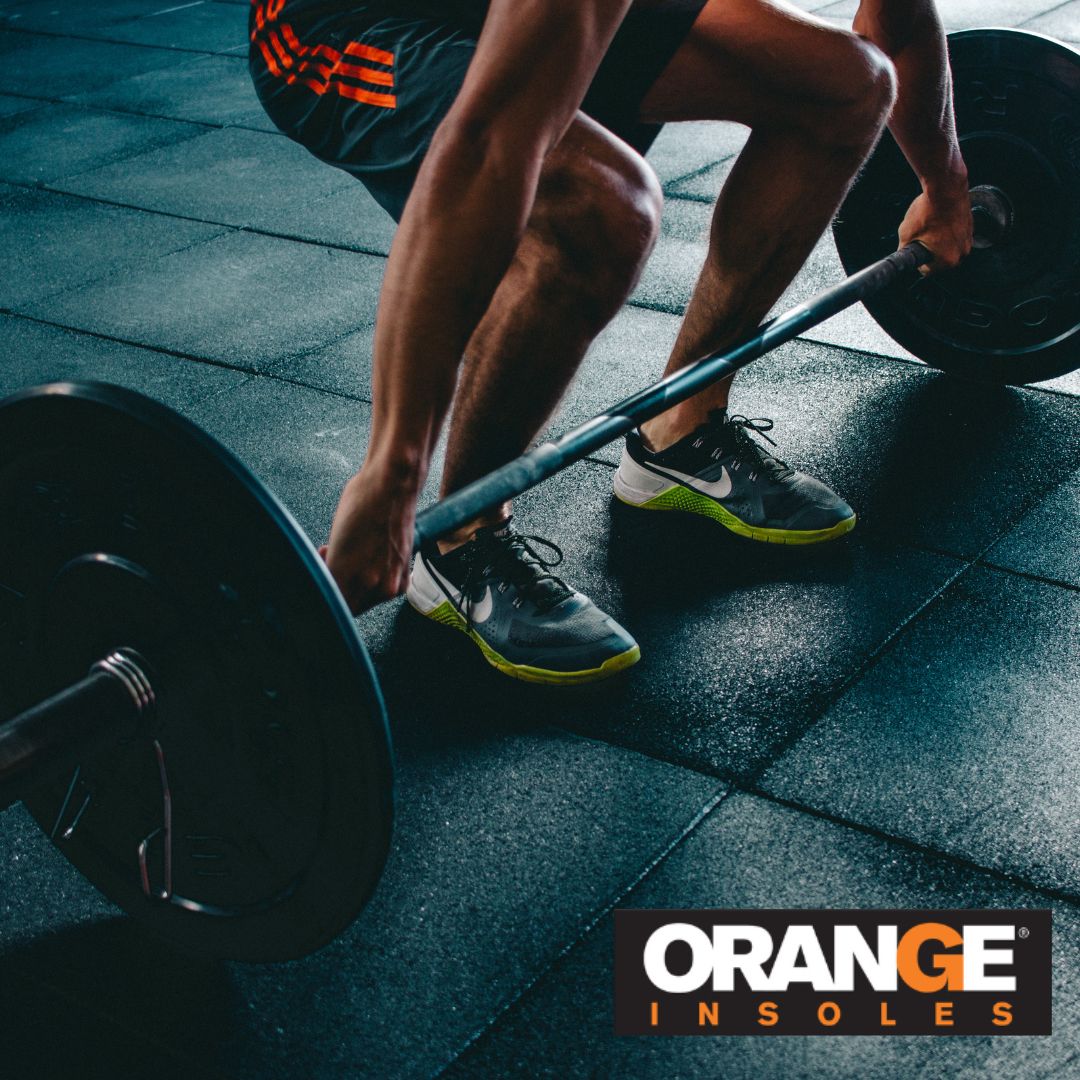When it comes to weightlifting and sports, the significance of proper form cannot be overstated. Good form ensures that the intended muscle groups are engaged, optimizing each lift's effectiveness and minimizing the risk of injury. In any sport, the basics of each movement are established early on so you can build a good habit of maintaining good form. But why is alignment so crucial?
Why Alignment Matters in Your Form
Our bodies are more capable than we realize and it is in performance sports such as weightlifting, where we test the best of our abilities. This means when learning particular movements and skills we need to get our form right and that starts with having proper alignment.
- The Kinetic Chain: Your body operates as a connected system. When lifting, every part of your body from your feet to your head is involved. Proper alignment ensures that the kinetic chain (the connection of different parts of your body that lead to movement) functions efficiently, allowing for optimal force distribution.
- Force Distribution: With correct alignment, the force generated during lifting is evenly distributed across your muscles, joints, and bones. This even distribution minimizes the risk of overload on any single area, thereby reducing the risk of injury as you try to max out the heaviest weight you can lift.
- Muscle Engagement: Proper form and alignment ensure that the intended muscle groups are activated. This leads to more effective workouts and faster strength gains. That means if you feel pain when you are lifting, you might have incorrect form which forces a specific muscle group to compensate for that lift.
- Preventing Compensatory Movements: Misalignment often causes your body to compensate, leading to an imbalance in muscle development and increased strain on joints and ligaments. Over time, this can lead to chronic pain and injuries such as Achilles tendinitis, bunions, IT Band syndrome, plantar fasciitis, and shin splints.
The Orange 3/4 Insole is a versatile option for athletic shoes with or without a removable sock liner!
Insole Alignment: The Foundation of Good Form
This is where insoles come in!. By providing structured arch support, insoles help maintain the foot's natural arch, a foundational aspect of overall body alignment. This support ensures that from the ground up, your body is aligned correctly, facilitating a stronger, more stable base for weightlifting. Proper foot alignment can prevent common issues like overpronation or supination, which can throw off your balance and form, leading to injuries or reduced lifting efficiency.
Q: How often should I replace my insoles for optimal alignment?
A: To maintain proper alignment, replace your insoles approximately every 6-12 months, depending on usage intensity. Sometimes it can be earlier, so be sure to check your insoles for signs that it’s time for a replacement.
Read more: 5 Signs It’s Time to Replace Your Insoles
Q: Can insoles boost my lifting efficiency or maximum lift capacity?
A: Yes, by enhancing alignment and providing better foundation support, insoles can contribute to improved efficiency and potentially increase your lifting capacity through better biomechanics. The amount of increase in lift capacity will vary among individuals.
Q: Are insoles alone sufficient to correct misalignment, or do I need more support?
A: While insoles play a crucial role in correcting mild to moderate misalignment, severe cases may require additional orthopedic support or a consultation with a professional.
Q: How do I ensure my insoles fit correctly in my weightlifting shoes?
A: Choose insoles that match your shoe size! Ensure there's no bunching or pressure points and that your foot feels supported and comfortable.
Q: How do I know my Alignment is correct?
A: Your movements should feel smooth and controlled, rather than jerky or forced.. Additionally, experiencing minimal to no discomfort in your joints, especially in your knees, hips, and back, indicates proper alignment.
Unsure about which insole is best for you? Use our Insole Finder!
Connecting the Dots: From Good Form to Daily Movement
Good form isn't limited to the weight room; it extends to how you stand, walk, and move throughout your day. Activities as simple as walking can benefit from the alignment and support that insoles offer, making every step an opportunity to reinforce good posture and form. This daily practice translates into improved performance and reduced injury risk during athletic pursuits.
Let this be the first step you take today towards a stronger, more aligned you, ready to tackle not just your athletic goals but every move you make with confidence and power.

























































